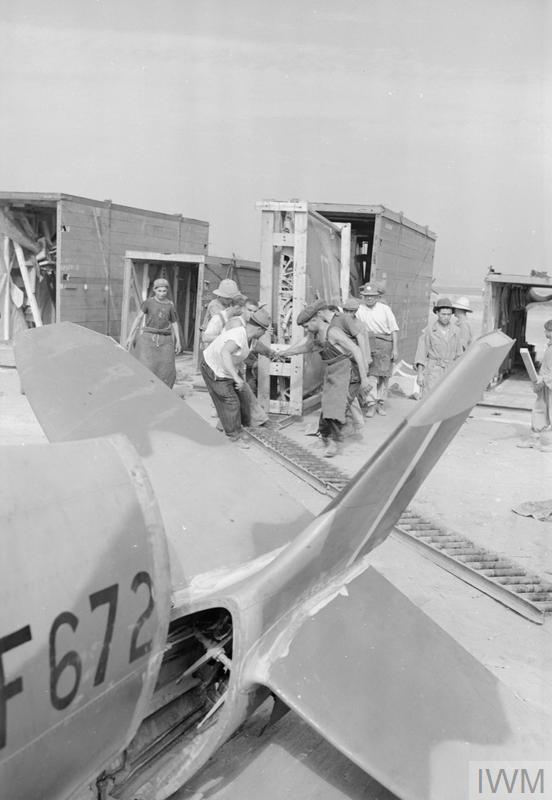Admiral Beez
Major
The Fokker D.XXI fighter was designed in 1935 by Dutch aircraft manufacturer Fokker in response to requirements laid out by the Royal Netherlands East Indies Army Air Force Fokker D.XXI - Wikipedia
While clearly nothing was made, did the British ever conceive of an Empire fighter? Perhaps something with fixed undercarriage (intended for rough-field operations and ease of maintenance) like the D.XXI or FMA Curtiss Hawk 75O?
While clearly nothing was made, did the British ever conceive of an Empire fighter? Perhaps something with fixed undercarriage (intended for rough-field operations and ease of maintenance) like the D.XXI or FMA Curtiss Hawk 75O?





